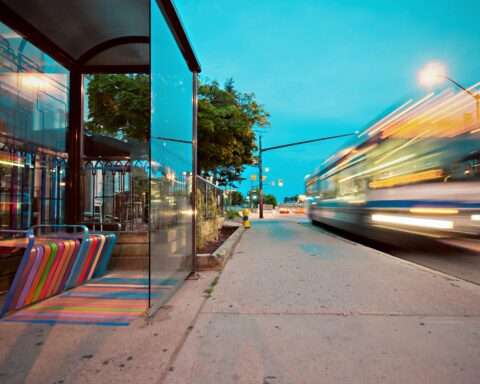A civil trial that could decide whether Austin’s efforts to build a city-wide light rail system move forward will get underway this week.
Travis County Court at Law Judge Eric Shepperd is scheduled to hear arguments at 10 a.m. today in a pending bond validation lawsuit centered on the proposed financing plan for Project Connect, a $7.1 billion public transportation investment passed by voters four years ago.
The lawsuit was filed by the City of Austin and the Austin Transit Partnership — a nonprofit created to guide the Project Connect initiative — in February. The bond validation lawsuit was consolidated with one filed by Project Connect critics seeking to block the bond sale last fall.
The project design has undergone modifications since originally being introduced to voters. Opponents contend that because voters did not approve the latest design, the city can’t issue debt or spend property taxes to pay for the project.
Texas Attorney General Ken Paxton in an opinion filed in May weighed in on the pending lawsuit, claiming neither the city nor Austin Transit Partnership can issue bonds to build the planned improvements, including the centerpiece light-rail system. The Republican attorney general asked the judge to dismiss the city’s request to affirm the bonds.
“ATP and the City initiated these proceedings to have an impartial court confirm that ATP’s bond financing program complies with state law, clearing the way for ATP to issue bonds to pay for the construction of the Austin Light Rail system that Austin voters overwhelmingly approved in 2020,” an ATP spokesperson said.
Voters approved Project Connect in 2020 by more than 15 percentage points. The initiative raises the ad valorem property tax rate by 8.75 cents — an increase to the city’s property tax rate by more than 20%.
Current plans rely on the new property tax and at least a 50% match in grant funding from the Federal Transit Administration.
The tax pays for updating the city’s transit map to include a new light-rail system, high-frequency bus routes and other improvements.
The current plans call for a 9.8-mile line stretching north, south and east of downtown Austin but stopping short of Austin-Bergstrom International Airport.
Shepperd’s and Paxton’s offices had not responded to emails seeking comment as of late Friday afternoon.












